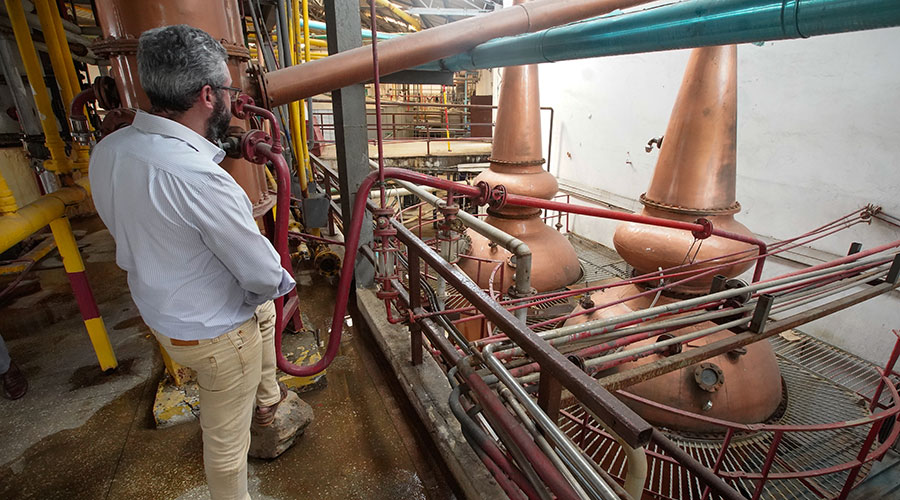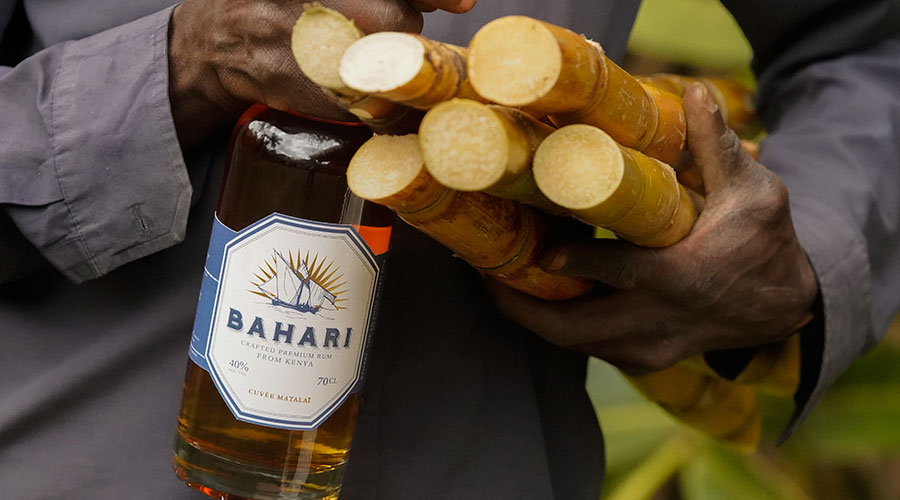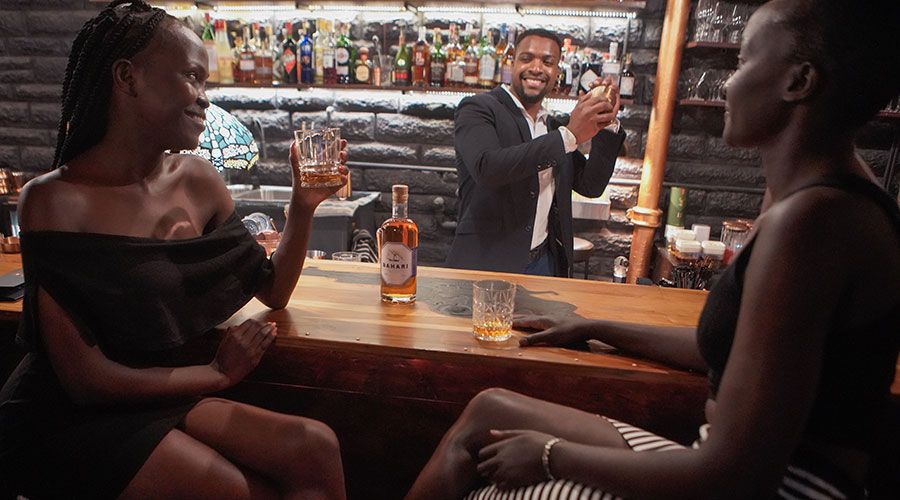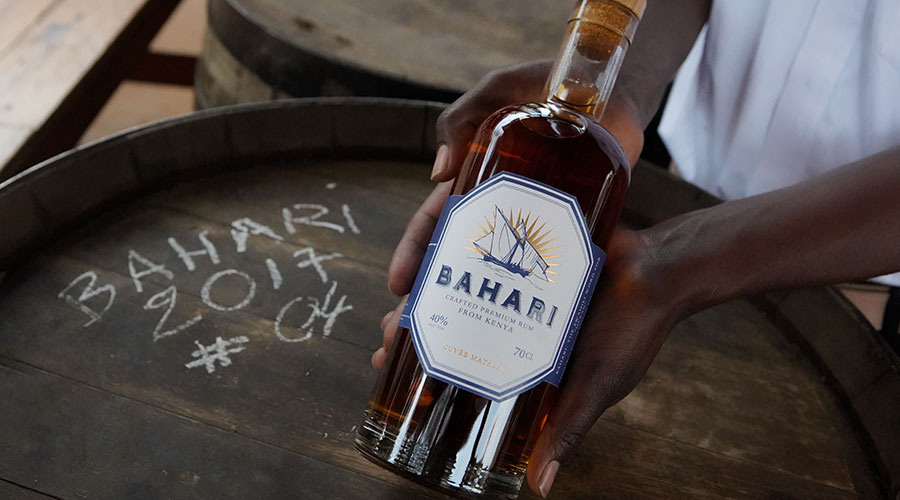Founded by two Frenchmen advised by Christian Vergier, this rum brand, which blends rums distilled in Kenya and rums from Mauritius, is thinking big. It intends to become an umbrella brand that will spread throughout East Africa and offer vintages from all the surrounding countries. Their first two vintages have been a success.
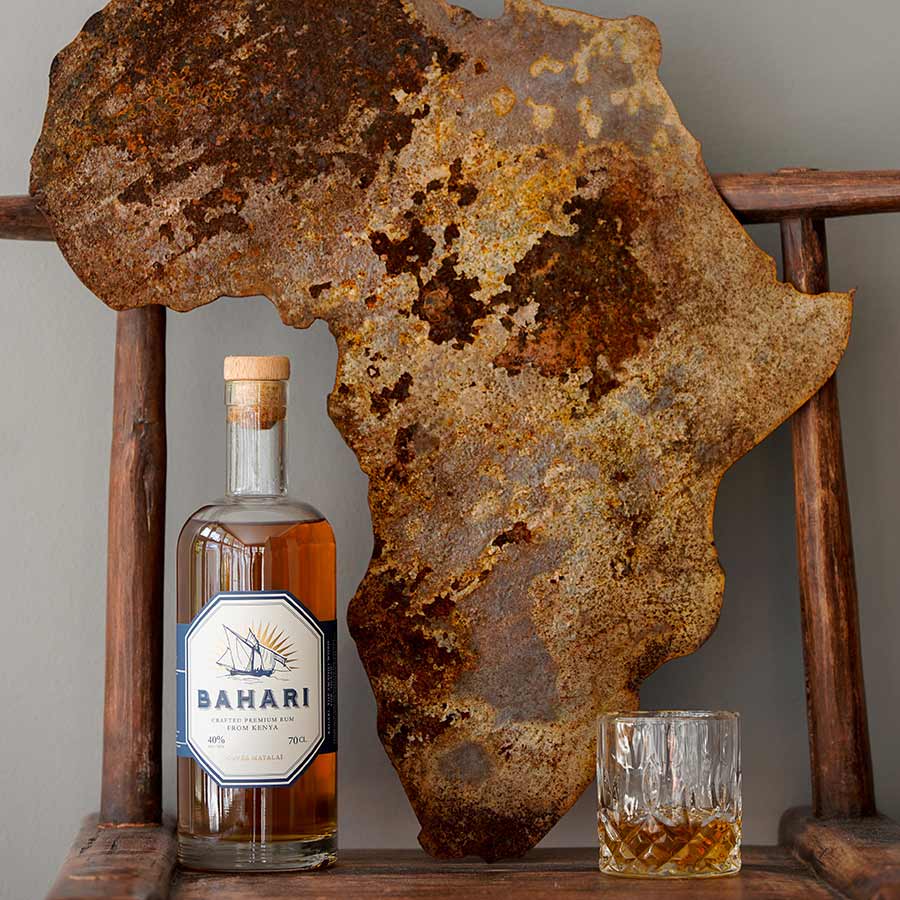
Is Africa the future of rum? A former French photojournalist has decided to ask himself this question, as the continent is currently buzzing with a host of new projects linked to the spirit derived from sugar cane, while others are already well established, notably in South Africa with Mhoba and Zulu (rums made from pure cane juice), Dzama in Madagascar, Kwilu in the Democratic Republic of Congo or Sodade (grogue from Cape Verde).
And a little further east in Africa, in the Indian Ocean, there are two rum regions well known to aficionados: Mauritius and, of course, Réunion. This year, Africa also hosted its very first 100% rum fair, in Abidjan.
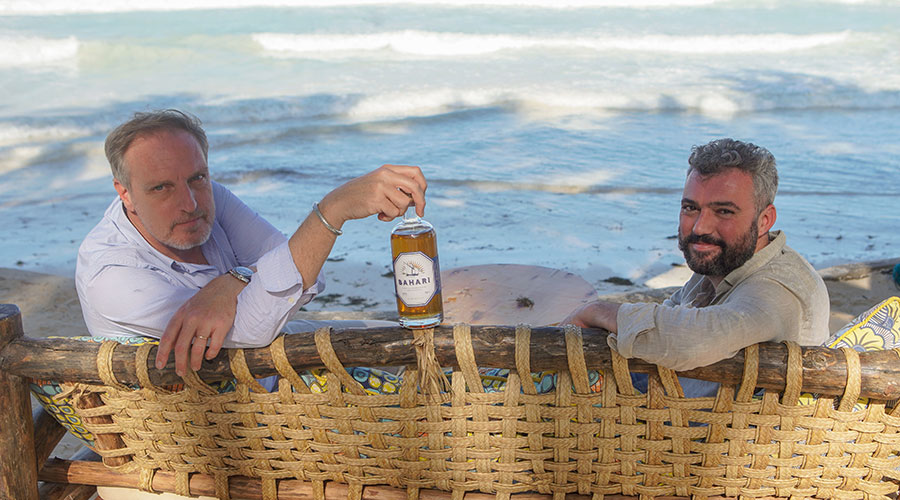
500 litres!? And why not 50,000?
Africa is also home to some of the world’s biggest sugar cane producers, notably Kenya. It was in this equatorial East African country (it is crossed by the Equator) that a former French photojournalist decided to settle eight years ago. “I really enjoyed travelling all over the world, particularly for AFP, but when I had children, I wanted to settle down”, says Cyril Villemain. So he had to retrain.
But what could he do? Originally from Burgundy, his first logical thought was wine. The problem was that the climatic conditions below the equator were not conducive to wine production. As the country abounds in sugar cane, Cyril Villemain decided to try his hand at rum and had a modest plan to buy a small still and two ex-Burgundy wine casks with a view to producing 500 litres.
In the meantime, he met another Frenchman, Maximilien Photiou, who worked in the import and distribution of alcohol all over the world. He befriended him, and confided in him his plan to become a rum producer in his garden. “Why 500 litres and not 50,000?” asks Maximilien. And why not? The two men decided to join forces and dream big.
An African rum, for Africans
The two partners began by sourcing sugar cane, and set their sights on that grown on the coast of Kenya, in Kwale County (hybrid varieties from Mauritius), where the climate is both humid and stifling – perfect for our favourite grass, but also laden with sea spray.
They quickly gave up producing rum made from pure sugar cane juice and opted instead for molasses rum. “There are only 400 km between the coast and Nairobi, where we are based, but a lorry takes between 15 and 36 hours, and the cane wouldn’t have lasted,” explains Cyril Villemain.
They also found two copper pot stills used in India during the British colonial period, which had ended up in a distillery where they were not being used (they were later joined by two distilling columns).
It’s a little-known fact, but molasses rum is produced in Kenya, and in large quantities. There are two big low-range rum brands, including a franchise of India’s Old Monk, which make poor-quality white rums that sell for $4 a bottle,” says Cyril Villemain. We want to make a premium African rum, for Africans.
Christian Vergier and the Maurice Connexion
Above all, Cyril and Maximilien managed to convince consultant oenologist Christian Vergier to join the project. “He had never made an African continental rum and he agreed to become our rum blender consultant,” recalls Cyril Villemain.
And after a bit of trial and error, Bahari rum, which means ‘ocean’ in Swahili, was born. To make Bahari Blend, they start by fermenting the molasses with water and natural indigenous ferments for around 6 days. This is then transferred to a pot still, producing a light rum of over 90%, which is reduced to 40% for two months… and then blended with Mauritian rums from Gray’s, where Christian Vergier is the cellar master!
Bahari’s first vintage is therefore a crossover between Kenya and Mauritius. But Christian’s connection with Gray’s has also enabled them to bring out a very top-of-the-range cuvée: a 12-year-old brut de fût (50%) and single cask rum distilled in 2010.
A future umbrella brand
And the trio have no intention of stopping there, with several other cuvées already in the pipeline.” We’re going to make a cuvée in Tanzania, distilled on the spot with molasses from Zanzibar, then blended with our rum from Kenya, then we’ll do the same with Mozambique.
Bahari will in fact become an umbrella brand for the whole of East Africa,” says Cyril Villemain. And we’re also thinking about a special cuvée with chilli pepper for Kenya”. Finally, 100% Kenyan rums, i.e. made from local molasses, distilled and aged on site (in Kwale County) are currently being prepared. In fact, when we contacted him, Cyril Villemain was in South Africa, certainly to taste the delicious vintages, but above all to bring back barrels of wine to be used as rum.
Bahari currently operates in Kenya and exports to several African countries. For the French market, Bahari Blend will be bottled in Cognac and will arrive at the end of 2023.
The Bahari range
Blend
This molasses rum, a blend of 3-year-old rum from Gray’s distillery in Mauritius and light Kenyan rum, is full-bodied but not heavy. You can feel the heat of the Kwale County coast, tempered by the freshness of my sea. The notes of vanilla, cocoa, citrus and brown sugar are clearly present.
70 cl — 40 %
Bahari 2010
Christian Vergier didn’t fool Cédric Villemain and Maximilien Photiou when he offered them this cask of Gray’s 12-year-old rum aged in 400-litre French Limousin oak barrels. The nose is incredible, with notes of candied fruit, English sweets, citrus fruit and cocoa… and the palate is at auction, with an incredible length that keeps going from one flavour to the next as you smell it.
70 cl — 50 %

